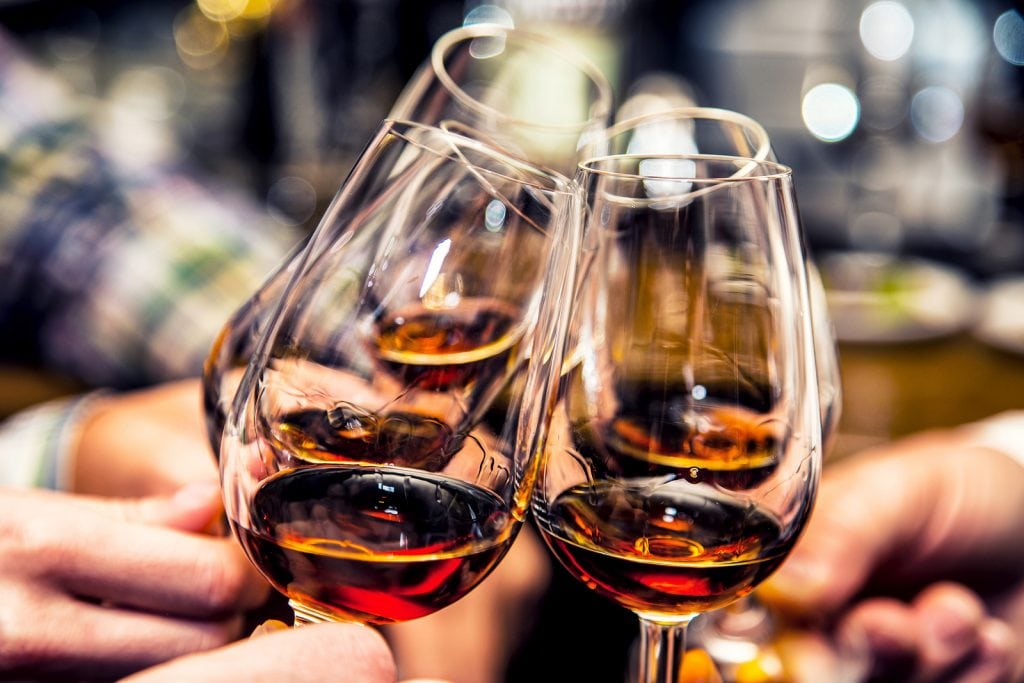
It is important that firms consider the liability of serving alcohol to employees at any company party or function. There are many examples of inebriated employees getting behind the wheel of their automobile and then injuring and even killing other people.
While you might be accused of being a kill-joy, removing alcohol from your party event may save someone’s life. Employers are exposed to significant liability if a drunk employee gets behind a wheel after drinking alcohol at your company party and injures or even kills someone.
Does it happen in the real world? You bet:
- A few years ago, Marriott was held liable when an employee hit another vehicle and killed the driver. In December 2009, the Marriott Del Mar Hotel held its annual holiday party as a “thank you” for its employees and management. Marriott didn’t require employees to attend the party. The employee decided to drive a co-worker home who’d become intoxicated at the party. On that ride, the employee rear-ended the car of Jared Purton at 100 mph, killing someone. The employee had a blood alcohol level of 0.16. He pleaded guilty to gross vehicular manslaughter while under the influence of alcohol and received a six-year prison sentence.
- Cianbro was held liable when an employee of Cianbro, and about 10 other employees met in the parking lot to drink beer before going home. The beer was paid for by “passing the hat.” Supervisory personnel at Cianbro were aware of the after-work activity. After drinking some beers, an employee left the site in his car. While proceeding across the bridge, Smith crossed the center line and ran head-on into another vehicle. As a result of the collision, a passenger in the second car, was permanently neurologically damaged and will require institutional care for the remainder of her life. She was 21 years old at the time of the accident.
- In another situation Carroll Air was found liable for an accident caused by a drunk employee. The employee was traveling at somewhere between 86 and 97 miles in a 45 mile per hour zone at the time and ran a stop sign when the crash occurred. The employee was on his way home after attending a dinner dance related to a regional meeting of the American Society of Heating, Refrigerating and Air Conditioning Engineers, Inc. (ASHRAE). Mills and a number of other Carroll Air Systems salesmen, whose expenses were paid by the company, attended the three-day meeting as well as the dinner. He was drinking with colleagues and clients on the night of the accident and his blood alcohol content “was consistent with having consumed between eight and thirteen one-ounce drinks,” according to the court. The Fourth District affirmed the decision on appeal, finding ample evidence that Mills was acting within the scope of his employment at the time of the fatal accident.
Our HR360 has several resources to help employers manage this risk. It suggests considering the following ways to manage this risk:
- Review your insurance coverage and consider purchasing special event coverage for exposure to the risk of an employee injuring third parties. Review the venue’s insurance certificate for coverage.
- Remind employees that attendance may be optional and that any offensive behavior is unacceptable including but not limited to sexual harassment.
- Host the event during the day instead of in the evening
- Host the event at a venue that includes the family
- Skip the open bar. Offer a cash bar.
- Offer alternative transportation home if the individual appears to have consumed too much alcohol.
- Close the bar at least one hour before the event ends. Offer coffee and other non-alcoholic beverages.
The SBA has several suggestions at this web site:


